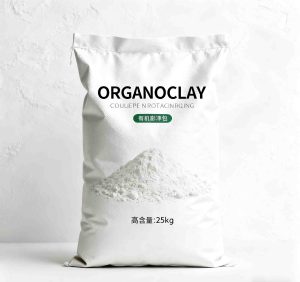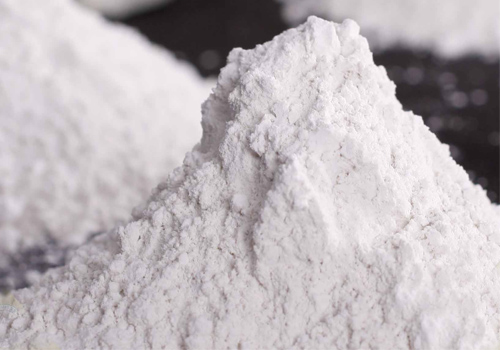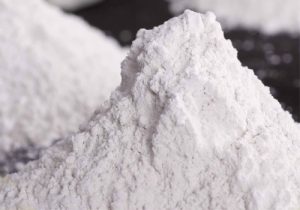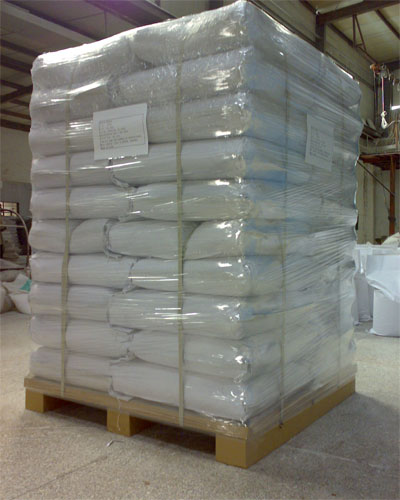Oil
When activated in water, organoclay forms quaternary amines that extend perpendicularly off the platelets. These amines bind to positively charged sodium ions after being loosely attached to carbon chains. These organic pillars increase the porosity of the clay and facilitate hydrocarbon partitioning. OrganoClay is a highly effective antifouling agent that can be used in oil and water separation.
OrganoClay extracts oil and grease seven times faster than activated carbon. It can cut operating costs by half while maintaining activated carbon’s effectiveness. OrganoClay is composed of quarterary amine-treated clay pellets capable of trapping 50-60% of their weight in oil and grease. This combination improves system performance while lowering operating expenses. Organoclay can remove soluble organic compounds more efficiently after activated carbon has been activated.
OrganoClay is created by combining bentonite and quaternary amines. Quaternary amines containing nitrogen exchange negatively charged carbon ions with positively charged calcium or sodium-containing clay platelets. Organoclay is a adsorbent with a distinct composition.
The ability of Bentonite organoclay/anthracite mixtures to remove oil from water has been tested. They extracted oil from a wide range of emulsions, including oil-in-water emulsions. The equilibrium time was under an hour.
What is OrganoClay used for?
Grease
There are numerous methods for removing grease from wastewater, but one popular method is to use an organically modified clay, such as OrganoClay. Organoclay has the ability to remove up to seven times the amount of grease and oil as activated carbon. Because the clay is porous, it can bind oil and grease in one step. The water must be pH-balanced to a maximum of five for the process to work.
OrganoClay is a mineral drilling product with numerous applications such as grease and oil removal, filtration media, and adsorption water treatment. The material is used in oil field drilling and paint. Prices for organoclay vary greatly, but Camp Shinning offers a variety of different varieties of the organoclay mineral, which has numerous applications. It also has a competitive advantage over other industry suppliers.
The method is simple and inexpensive, and it is ideal for removing grease. Because the chemically modified clay is naturally hydrophobic, the oil dissolves easily. Organoclay is used as a filter media for oil, grease, and other contaminants in wastewater treatment processes. Camp Shinning offers a variety of packaging options for this material. Contact Camp Shinning organoclay today if you are looking for a grease-removal solution!
The clay is composed of hydrocarbons, which are organic chemicals. Amines are added to the clay during the manufacturing process, which reduces the surface tension of liquids. As a result, the clay can now mix with previously incompatible substances. Oil, for example, will not dissolve in water but will dissolve in organoclay. It is also highly corrosion resistant. The clay also resists oxidation, which helps it to foul more slowly.
Dispersant
If you’re thinking about using an organoclay dispersant in your next coating, you should understand how it works. OrganoClay is a clay that is hydrocarbon compatible. Oil, as a hydrocarbon, can thus dissolve in water. This is because organoclay has been chemically treated with amines, which reduces liquid surface tension.
Because of their versatility, nonionic organoclays are an excellent choice for coatings and sorbents. Their CP-10 lateral monolayers have the ability to adsorb and intercalate a variety of contaminants, including cationic, hydrophobic, and polar compounds. Nonionic organoclays can also exchange ions. This type of dispersant degrades faster than cationic organoclay.
Their improved rheological properties were due to the increased affinity between the clay surface and the continuous phase. And, because their dispersion properties were similar at low and high temperatures, they could be used in the same way as synthetic polymers. For example, if you want to add an organic pigment to a tar-based coating, this will make the dispersion more stable.
Clay minerals react with organic compounds in water to form the phase, which is a lyotropic liquid crystalline phase. These lyotropic liquids are also powerful vector systems, capturing and releasing organic compounds. Clay minerals can also capture and release cationic and hydrophobic compounds. OrganoClay is highly porous, which means the particles can saturate and bind to organic compounds in addition to being versatile as a dispersant.
Media for filtering
OrganoClay, also known as Organophilic clay, is a natural mineral and cationic surfactant-based adsorbent media. Its cation-exchange capacity aids in the removal of numerous contaminants from water. OrganoClay is composed of a cationic surfactant layer that attracts organic matter and ionic species. It is used in water filtration systems to remove pollutants such as chlorine and bromine.
CP-40 is an OrganoClay product used for oil and hydrocarbon removal. It adsorbs the contaminant without absorbing it and produces no waste. Quaternary amines are also present in the product, which form organic pillars between the clay platelets. The increased interlamellar distance makes hydrocarbon partitioning easier.






